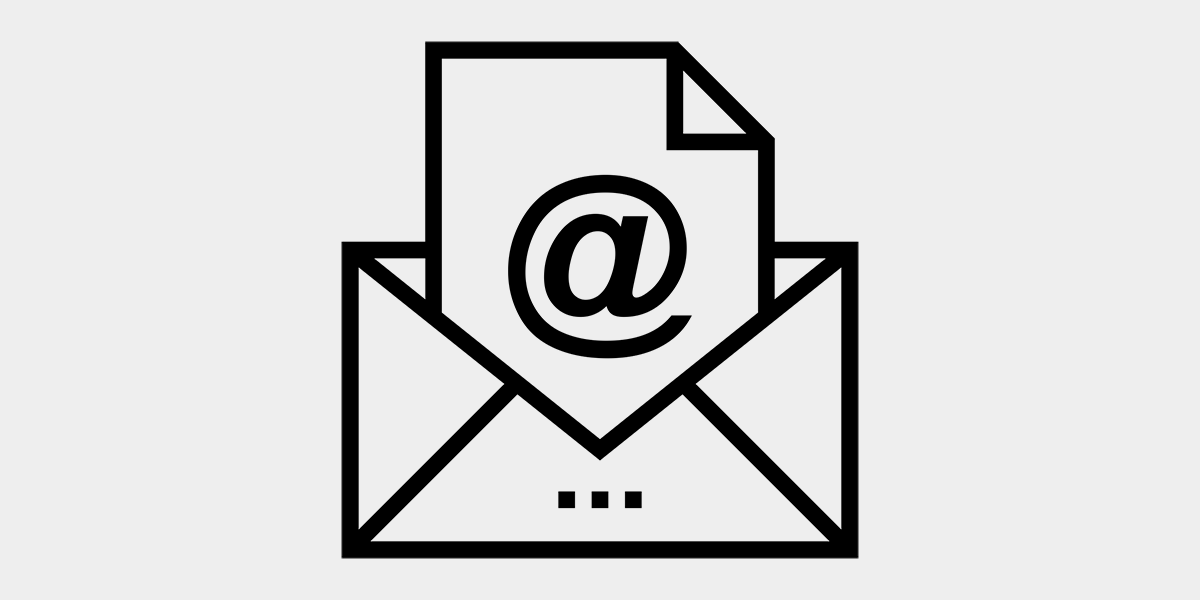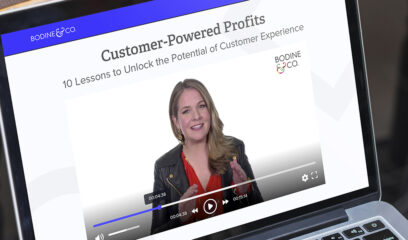Have you heard of CrossFit? It’s a style of workouts “comprised of constantly varied functional movements (like pushing, pulling, squatting, lifting, running) executed at high intensity.” People that do CrossFit don’t just go to the gym. They become certifiable CrossFit fanatics.
I wanted to find out what all of the fuss was about, so last year I signed up for a two-week CrossFit basics course — a prerequisite for attending regular classes.
At the end of the two weeks, I received an email with the subject, “You’ve Finished Basics!” Inside it read, “I hope you enjoyed your Basics Class! If you have any suggestions or feedback about your experience, please let us know. Now that you have completed a Basics Class, you are welcome to join the gym as a member and begin taking all of our group classes.”
The only problem was that I hadn’t finished the Basics Class, and I wasn’t welcome to join and take group classes. The class’s never-ending barrage of squats with heavy weight proved too much for my knees, and I wound up starting six weeks of physical therapy halfway through.
Recently, I got another well-intentioned email congratulating me on my one-year CrossFit membership anniversary. But rather than stirring a sense of pride, the correspondence served as a stinging reminder of my knees’ defeat: I had never returned to complete the Basics Course, which meant that I had never become a member of the gym.
Email programs like this one have become an important part of the modern marketer’s toolkit. Sure, social media platforms like Facebook, Twitter, and Pinterest are sexy — and in comparison, email seems like social media’s nerdy little brother. But email remains an incredibly effective marketing tool. Customers actively ask (or, at least, agree) to get a brand’s messages delivered straight to their inboxes. And while marketers might struggle with email open and clickthrough rates, any single email message has a much greater likelihood of being viewed by an individual customer than any given piece of branded social media content.
When well connected with backend systems, email has the potential be much more personal and relevant than a generic social media post. By addressing us with personalized greetings like “Hi Kerry,” most emails certainly start out seeming that way. But then one-size-fits-all messages, misguided algorithms, and a lack of backend integration make most emails sound tone deaf.
The online shop I bought one beauty product from blasts me with info about products that I’m not even remotely interested in. Ticketmaster thinks that just because I’ve been to one Lisa Lampanelli show, I want to see her every time she comes to town. (Once was plenty, thank you.) The organizers of a charity mud run I signed up for with my brother can’t seem to understand that I’m really not interested in recruiting 15 of my friends to join us. And of course, my local CrossFit thinks I’m a hardcore devotee by this point.
I’ve written a lot of posts about the need for marketers to truly understand their customers. But that knowledge doesn’t do any good if it’s just sitting in a slide deck or database. My challenge to marketers and to the developers of the systems that support them is this: Let’s put an end to generic emails. Let’s use our smarts — and, perhaps more importantly, our customer data — to make email the personalized and relevant touchpoint that we all know it can be.




